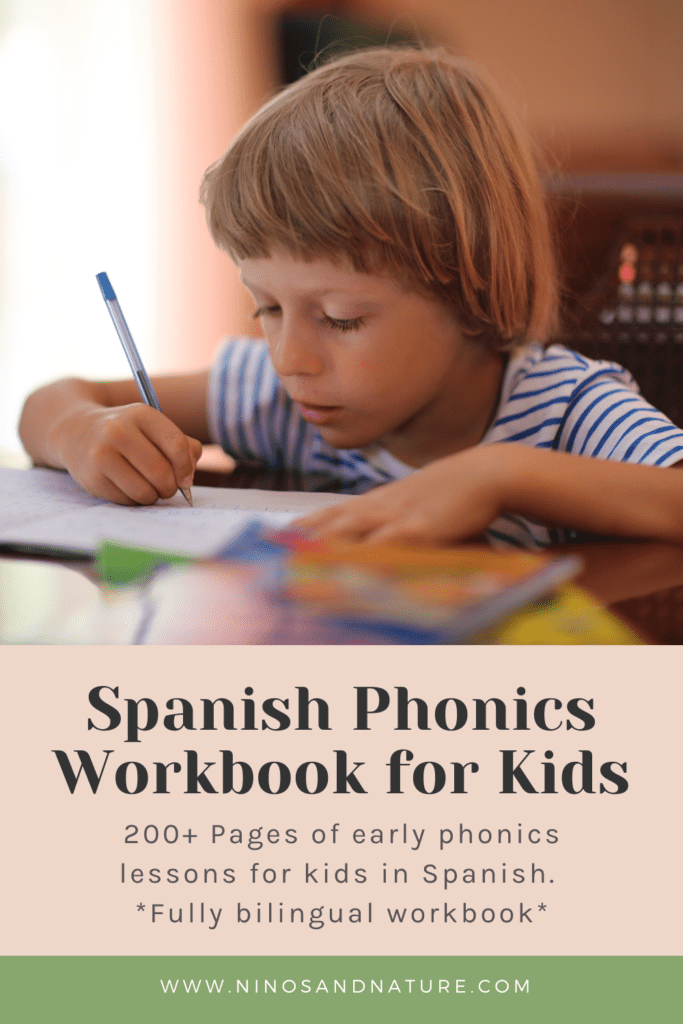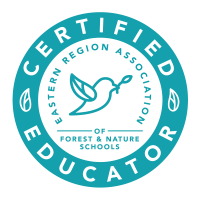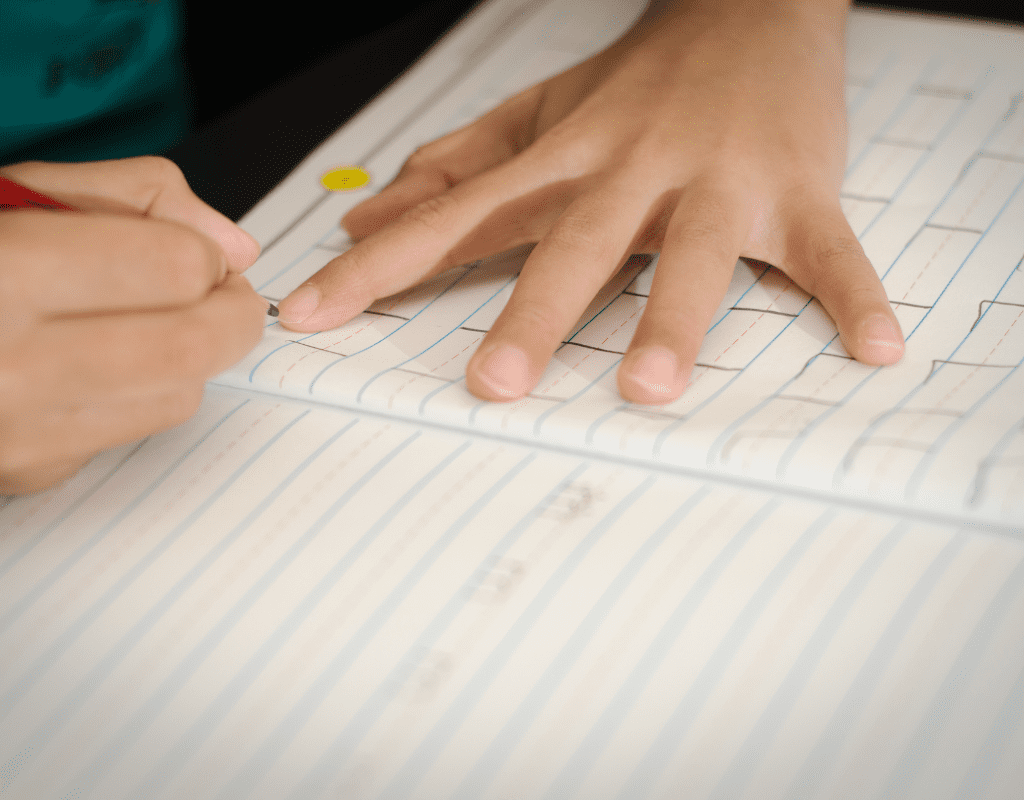
Teach the Spanish Alphabet and Phonics – Fun Spanish Workbook for Kids
In this post: Teach your kids the Spanish alphabet and Spanish phonics at home! Learn more about this fun Spanish phonics workbook for kids and how it can simplify your reading journey en español. Post may contain affiliate links.
Let’s learn how to read in Spanish with our bilingual kids! Building a strong set of phonics skills in bilingual children in the minority language is an incredible way to preserve your child’s bilingualism as they get older. Despite this amazing skill, so many of us don’t work on phonics in Spanish with our budding bilinguals.
Why don’t more families capitalize on this important part of learning Spanish? I think a lot of parents don’t know where to start when teaching their children how to read at home! That’s where Reading Con mi Familia comes in.
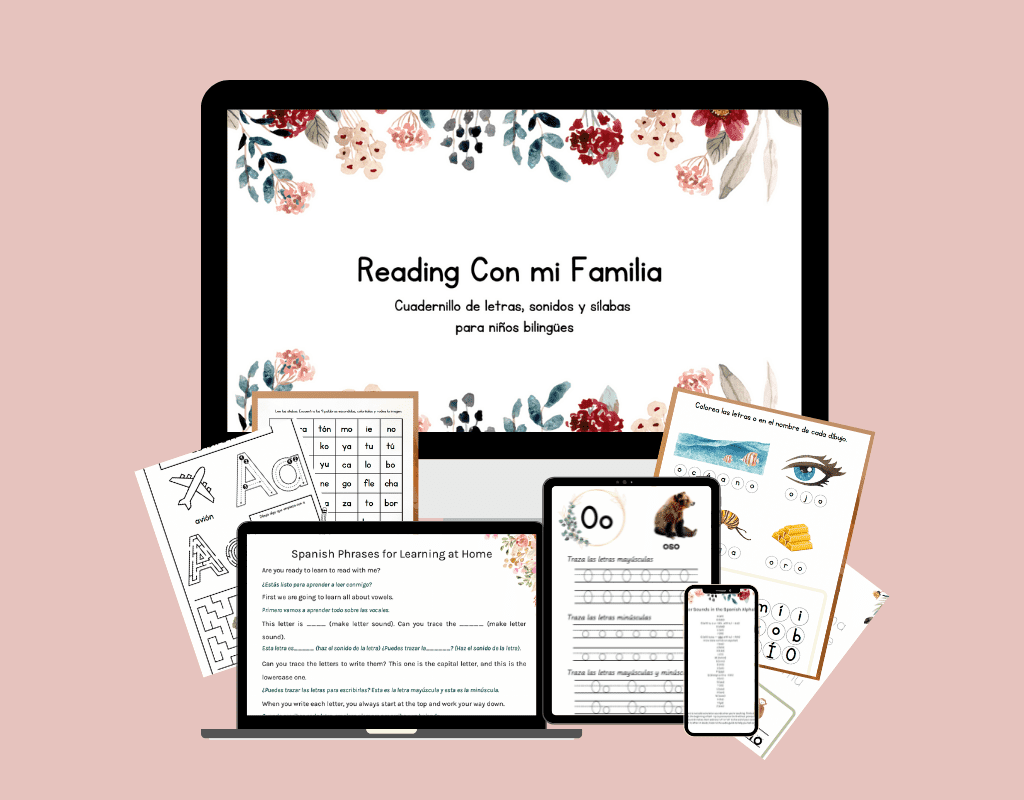
What is Reading Con mi Familia?
As a Spanish teacher to children ages pre-k through teenagers – I have seen first hand the importance of phonetic awareness in Spanish learners. I created Reading Con mi Familia to help families build these skills at home to help raise not only bilingual children, but also bilingual!
Okay so what is this magic Spanish phonics workbook? This is a 200+ page workbook that has 29 mini-phonics lessons, additional syllable and word forming practice, audio guides and awesome bonuses that can’t be found anywhere else!
Reading Con mi Familia is for children ages 4-8 and focuses on letter sounds, alphabet recognition, syllable building, word formation, and beginning sentence structures in the Spanish language. With repetition, fun early writing activities, and a progressive build up of skills – children will finish Reading Con mi Familia with a solid understanding of phonetic and syllabic awareness, as well as greater Spanish fluency.
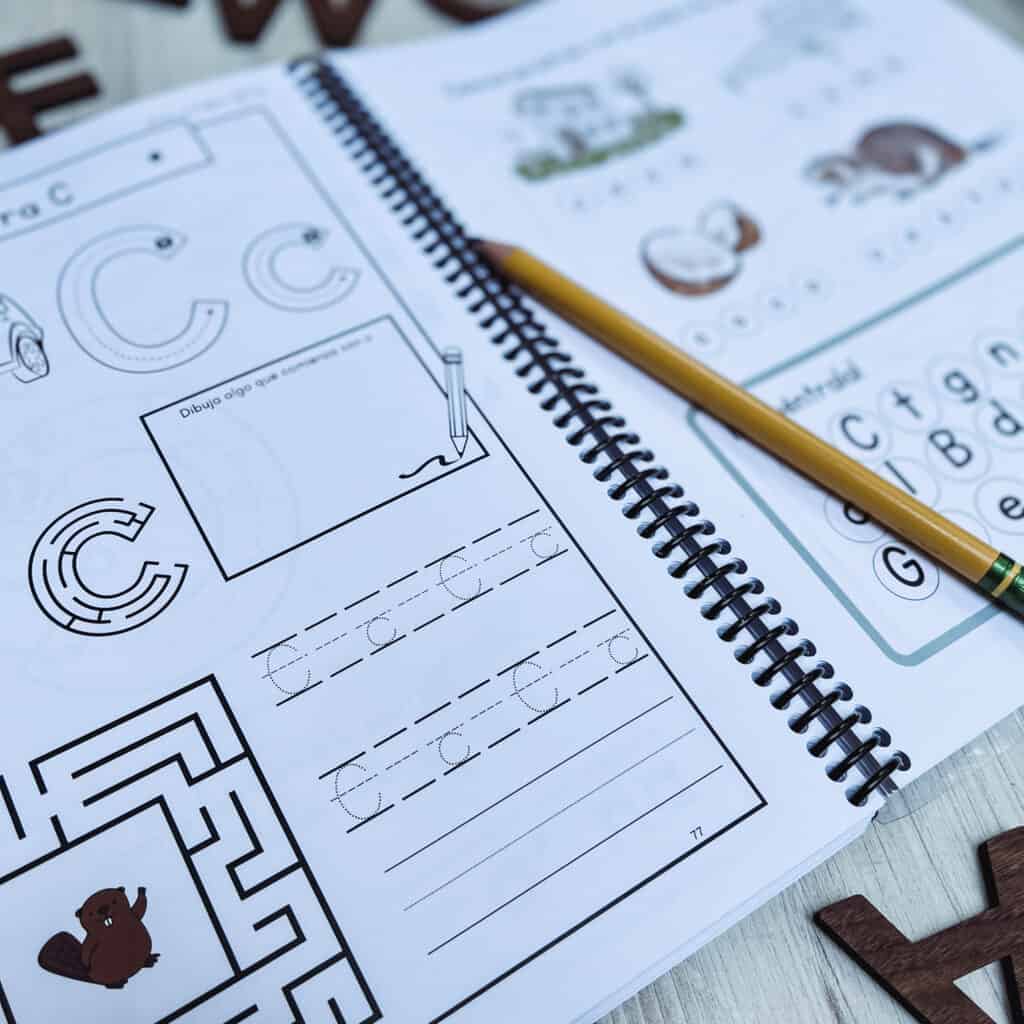
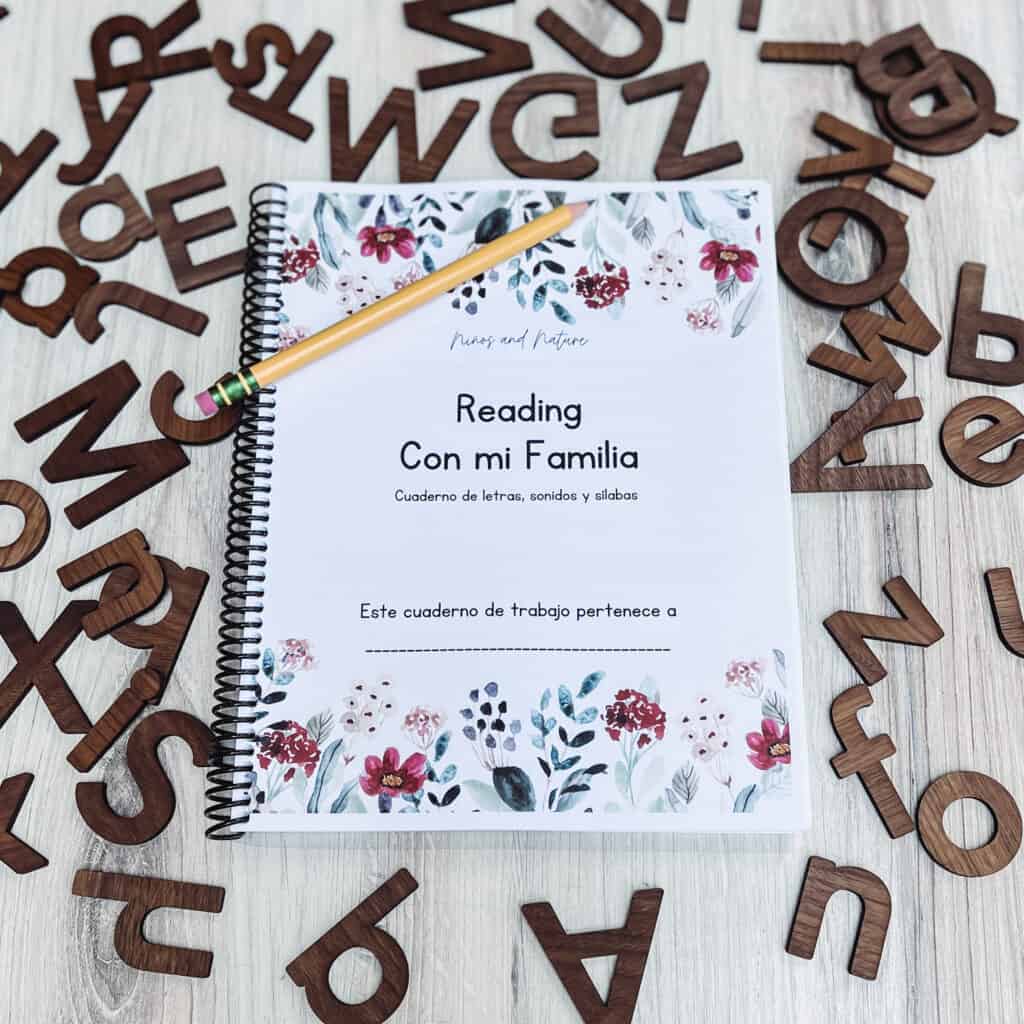
Who can use Reading Con mi Familia?
¡Todos! Everyone! This is a teacher-made fully bilingual Spanish phonics workbook for kids in Spanish and English. In addition to phonics instructions in Spanish and English, there is also additional support for Spanish learners with audio guides, a full glossary and answer key. My goal is that this bilingual workbook can help every family teach Spanish at home.
This Spanish workbook for kids is for every family. You can use it on your own with your bilingual readers, have a Spanish speaking grandparent or relative teach some lessons, or let older children work more independently. This Spanish phonics workbook is meant to work for you in any way you need it.
Spanish Phonics at Home
I always say that Reading Con mi Familia has almost everything you need to learn to read at home. Of course, you need a good attitude! There are also some extra resources that can help you learn more about the Spanish alphabet and letter sounds at home.
Spanish Alphabet Books for Kids
- R es para Respirar – I love this Spanish alphabet book for kids because it brings in wonderful social emotional learning for kids as well. Mindfulness is such an important skill to teach our children, and this has the bonus of an awesome Spanish phonics lesson too!
- Vocales con Cuento is a fun and interactive Spanish phonics book for kids focusing on vowel sounds. Vowels are the first thing your children learn in my Spanish phonics workbook for kids – it is SO important! This is a fun story to bring play and joy to your Spanish alphabet learning at home.
- ABC Spanish – My own kids have loved reading this book since they were tiny toddlers. This is an easy way to sneak Spanish letter sound lessons into any story time! The illustrations are so cute and it helps build vocabulary with your bilingual children.
- La Catrina Vocales – Cultural awareness and Spanish phonics in one book? Sign me up! I always love Lil’ Libros and this book is no exception. Learn about Día de Muertos en español while practicing Spanish vowel sounds.
Fun and Free Spanish Alphabet Lessons for Kids
- Play a matching game with these free Spanish alphabet flashcards! You can also hide them around your house and do a fun scavenger hunt too.
- Don’t break the ice! I love this idea from Bilingual Beginnings. I always try to bring play to my Spanish alphabet learning at home.
- Play with play dough! Bringing in a sensory experience is an amazing way to get children interacting with their Spanish phonics lessons. Grab these free letter play dough mats to practice as you play.
- Don’t forget that starting with teaching Spanish vowels is an amazing beginning! Grab my FREE Spanish vowel poem to help guide you.
- Want even more fun letter learning actives for kids! Check out this epic list of 25 fun and interactive phonics lessons. Just make sure you are focusing on teaching the sounds of the letters instead of the names at first.
The most important thing about learning Spanish phonics and letter sounds at home is to have fun! Teaching your children to read in Spanish can feel nerve-racking, but I promise that you can do this joyfully and be incredibly successful. Let Reading Con mi Familia be a part of your journey, and let’s start reading together!
Like this post? Share it & Save it!
